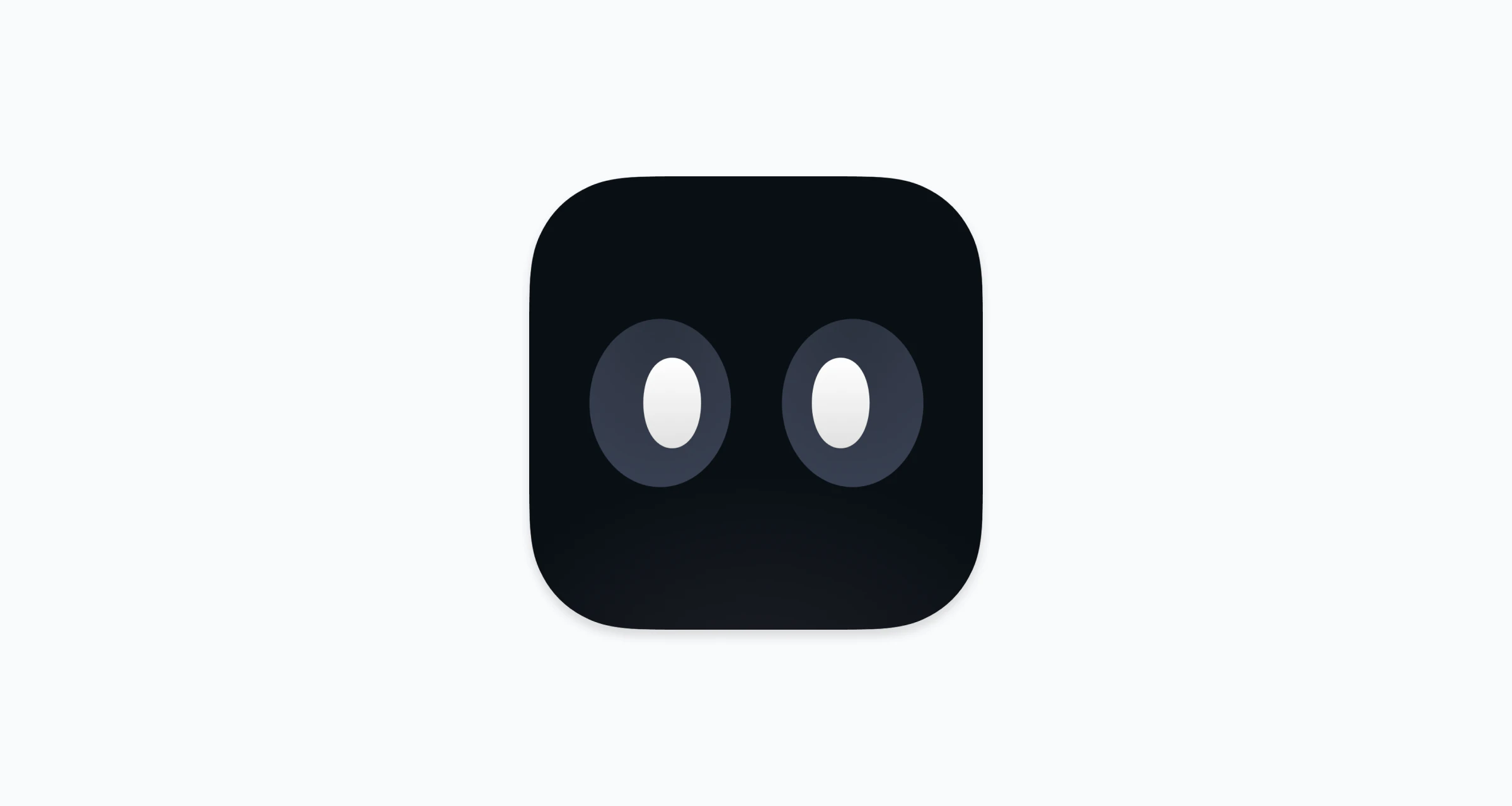
MIST 2.0
I released MIST in November 2024. There were more people who seemed to like it than I expect there would be, because I made MIST just for myself to combine my skills and reflect all my interests into single product. I feel like I got to showcase what I envision in my brain, but it all was just an experiment to pursue how much a piece of software can be expressive as opposed to just a tool. Additionally, I tried so many things I hadn’t done before or I didn’t put a lot of effort into. I truly absolutely cared in every little pieces.
MIST was fun and challenging to create, but its design left no space to evolve. The deeply nested settings and hardware-inspired UI made updates or new features nearly impossible. It felt finished — too perfect to touch.
Yet I had always imagined MIST as more expressive, interactive, and alive. That vision led me to rebuild it from scratch for version 2.0. This time, the face is minimal — only strokes, a single vertical eye line. The more facial parts, the more emotion, so eyes and pupils are key. And instead of pre-made voices, every sound is generated in real time, giving MIST a more living presence from the very first prototype.
How would it sound like if MIST got a voice? He is not a human being. He is not a even something organic. but then one of the greatest icon of fictional robots came to my mind: R2-D2. Though, I barely watched Star Wars (Sorry, fans). His voice is so smooth and iconic, so I really wanted to get that feel and sound for MIST.
Regardless of the fact that the barebone of MIST was defined at this point, to pursue the playfulness of MIST ever further, I believed that there would be more to be added. Also, I had to come up with the entirely new user interface to harness the complexity of the app that would be likely to be brought later. It is not until I started to iterate some couple of user interfaces that I realized the idea of mimicking the hardware aesthetics limits and strip away the benefits of a software.


So, I had to abandon most of the user interfaces that I built in the version 1.0, which fortunately ended up to open up more possibilities for the new user interface. For example, this was when I came up with the Standby mode. By making contents inside of the controls able to change, People can turn MIST from a speech toy into more like a companion.
This change now enabled a lot of new interactions with MIST. It made me add mini apps in the Standby mode. This time, I added a timer and a music player, which strengthen the connection between the interactions with each apps and the MIST facial expressions. Also, on the skin change, it seemlessly changes the skin with a little effect.
Now, there is way less limitations on MIST’s facial expressions now his eyes are rounded and pupils are added. This means I had to rethink how to add more facial expressions and sounds for each emotion. Even before that, I had to come up with his facial parts in each emotion.
Well, there is a lot more to mention about MIST 2.0. The development process involved many iterations and refinements, from the initial voice experiments to the final emotional expressions. Each feature was carefully considered to make MIST feel more alive and responsive.
While I could go into more detail about the technical aspects and design decisions, I think the best way to understand MIST 2.0 is to try it yourself. You can learn more about the original MIST and its background in MIST. Hope you like it and download it.